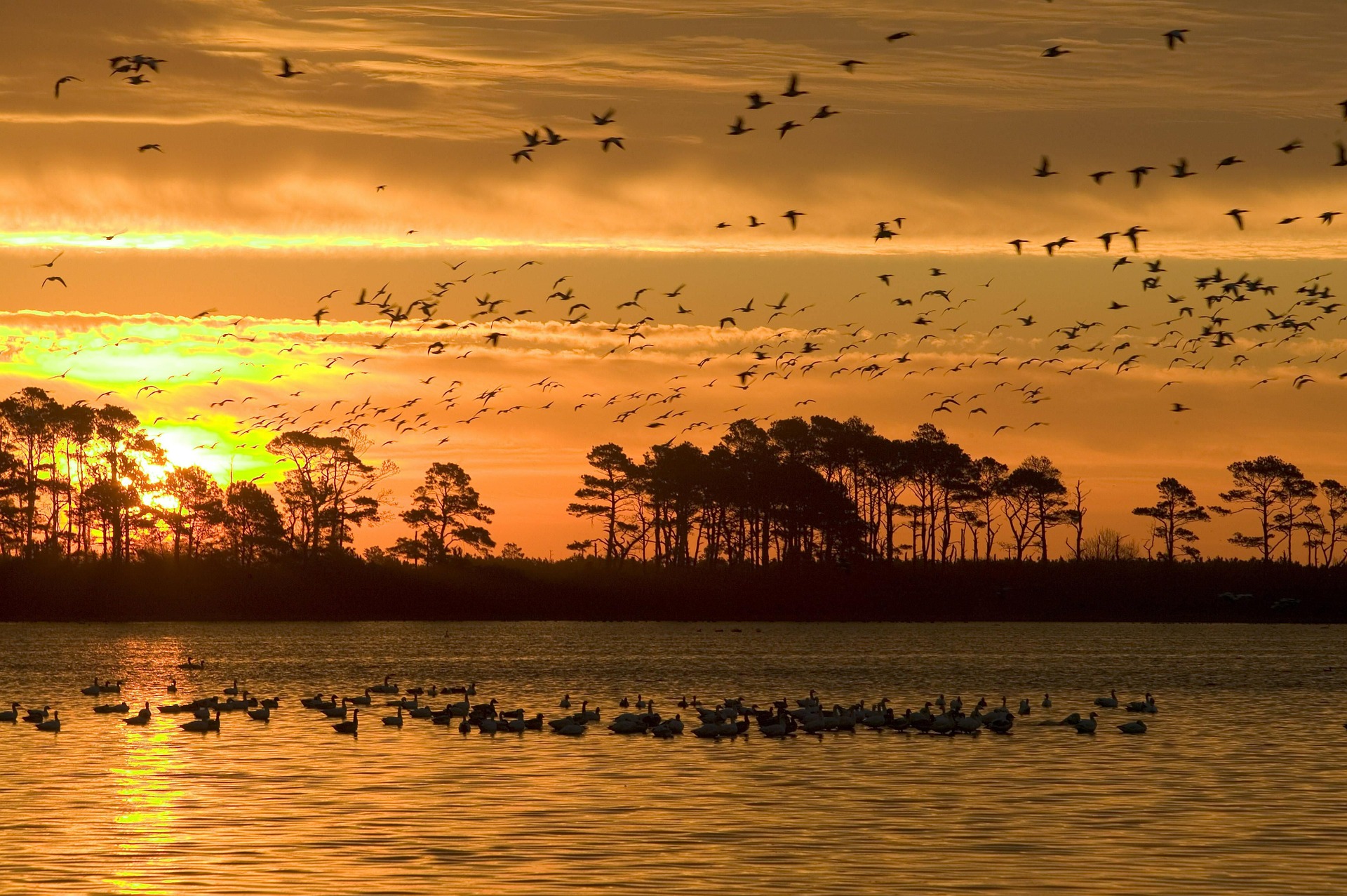A precipitous decline in the global wildlife population

Recent years have seen a rapid decline in the state of our planet’s health due to global warming, a process which is speeding up as humanity’s footprint grows and affects almost all aspects of the environment. It appears that if people do not take a step back and realize that their behavior is having an extremely negative impact on the world in which they live, and fail to limit that impact or even reverse it, then the implications are grave, not only for humans but for the whole ecosystem, especially the Earth’s wildlife.
In yet another startling statistic about the harmful things that are happening on our planet on a global level, a report published in 2016 by the Zoological Society of London and WWF points out the stark fact that the global wildlife population has fallen by about fifty-eight percent since 1970. To add to that alarming statistic, they believe that if this trend continues at the same rate of decline, levels could reach a decline of two-thirds by 2020.

The report believes that those species that live in lakes, rivers, and wetlands are particularly suffering large losses in their numbers. It’s clear that the main contributing factors to this worryingly rapid decline are the result of human activity, notably those leading to habitat loss, but also wildlife trade, pollution and the impacts of climate change.
The lead authors of the report believe that there is no longer any excuse for humans to continue their behavior and must act to stop it. The rapid decline will continue if humans do nothing to change their negative behavior. There is now such a level of awareness of the harmful effects of human activity that no legitimate reason can be found for the human race to sit idly by and continue to destroy the environment.
While many people think that the results of the report are obvious and should spark action, there are others who say that the method used for the report was faulty. The report is published every two years, and its main focus is to give an accurate account of just exactly where the global wildlife population stands.
In the process of conducting the report, the researchers analyze about three thousand seven hundred different species, including birds, fish, mammals, amphibians, and reptiles, which account for around six percent of the totality of all of the vertebrate species in the entire world.

The report used data collected from a wide range of sources, some dating back to 1970, including peer-reviewed studies, government statistics, and surveys performed by conservation groups and NGOs. With this information, the researchers were able to see how much the population sizes of the various species had changed over the years and reach their conclusions as to the harrowing statistical decline in those populations.

The researchers also made sure they provided as balanced a view as possible, resisting the temptation to favor one of the more popular species over those lesser known. They achieved this by using a weighted system, believing this provided a more accurate depiction of global wildlife population.
If you have any comments then please drop us a message on our Outdoor Revival Facebook page
If you have a good story to tell or blog let us know about it on our FB page, we’re also happy for article or review submissions, we’d love to hear from you.
We live in a beautiful world, get out there and enjoy it. Outdoor Revival – Reconnecting us all with the Outdoors.
